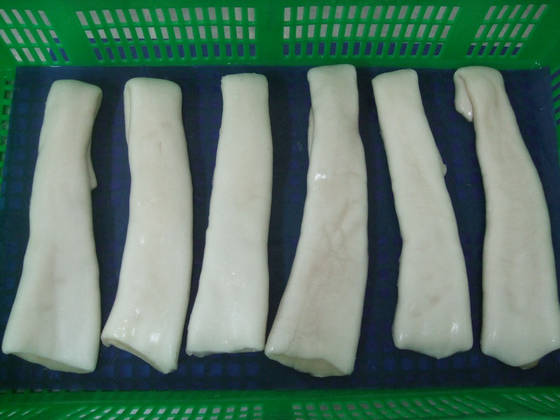

Within this siphon are two long tubes, the inhalant and exhalant channels. This appendage could more accurately be described as a tail, since it originates from the posterior end of the clam. A geoduck's siphon is also known as its neck. The valve's grayish white outside surfaces are covered by the periostracum, a thin, light brown covering that shields the shell's middle layer of calcium carbonate crystals from scratches or abrasions. A small but prominent ligament hinge holds the two valves together. Both valves are equally proportioned and sculpted with concentric but irregularly shaped growth lines. Predators: Crabs, shrimp, sea stars, snails, fish, sea otters, and humans.Ī geoduck's shell is rectangular, up to 9 or 10 inches (23 to 25 cm) long and 5 inches (13 cm) in height.

Burrows in a variety of substrates, ranging from soft mud to pea gravel, mostly in stable mud or sand bottoms.įood: Phytoplankton, primarily diatoms and dinoflagellate species. Habitat: Lower intertidal and subtidal zones of bays, sloughs, and estuaries, to depths of around 360 feet (110 m) most abundant between 30 and 60 feet (9.1 and 18.3 m) below the mean low tide mark. Range: The West Coast of North America, from Alaska to Baja California. In buried adults, the long contractile siphon may extend 39 inches (1 m) to reach the surface of the seabed. A few giants have been recorded at 14 and even 20 pounds (6.4 and 9 kg). Size: The largest burrowing clam int the world, attaining a shell length of at least 8.5 inches (21.6 cm) and a live weight (including the shell) of 7 pounds (3.2 kg). Panopea abrupta: The world's largest burrowing clam


 0 kommentar(er)
0 kommentar(er)
